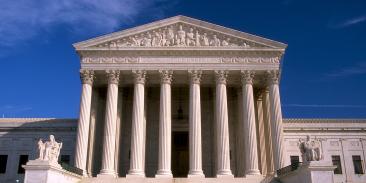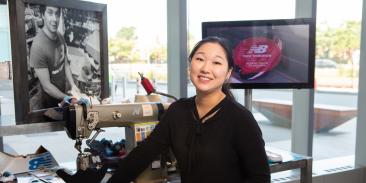What is ‘prebunking’ — and how to do it to help advance EVs
One of the best approaches to combating misinformation is to warn people about it before they see it. This is called “prebunking,” or “inoculation.”
Unfortunately, it’s not as simple as just saying, “Heads up, you're going to see some misinformation today.”
You have to give examples, while also answering questions such as, “Why would someone lie about that?” and, “How are they trying to trick me?”
Let’s walk through an example using electric vehicles, or EVs.
First, choose which lie to prebunk: Some misinformation narratives take hold faster and cause more harm than others. So choose the narrative that will be most impactful to dispel. You can do that by searching trusted resources, such as the Poynter Institute’s Politifact. (Find more trusted sources here.)
Understand your audience: “Your audience” = the people in your social networks, both online and off. Is your friend just starting to learn about environmental issues? Then maybe start with the most common, obvious lies.
One potential topic to focus on: Multiple analyses have shown that EVs are cleaner than gas-powered cars over the life of the vehicle. Yet, the following piece of misinformation has been around for years: “Manufacturing an electric vehicle produces more emissions than a gas-powered car, so they aren’t really that clean.”
It works because there’s an element of truth in it, as manufacturing EVs does create higher emissions upfront. But it’s extremely misleading because it leaves out the context of what happens after the vehicles are built, ignoring all the ways EVs surpass gas-powered vehicles over time from an environmental perspective, as they’re driven.
So here’s how to combat this misinformation narrative.
Create a “truth sandwich”: Lead with the facts, introduce the fallacy and the logic behind it (why lie about this?), then end with another fact. It will look like this:
Truth
Lie, and the ‘why’ behind the lie
Truth
And here’s how we can put this technique to work, focusing on EVs in the United States:
- Share the truth: Driving an EV is cleaner than driving a comparable gas-powered car — and EVs will only get cleaner as our electric grid gets cleaner.
- Explain the lie, and the ‘why’ behind the lie: Those who want to keep the status quo rather than transition to clean energy might claim that EVs aren’t so clean because greenhouse gas emissions from building EVs are higher than those from manufacturing a gasoline vehicle. But that conveniently leaves out the bigger picture of why EVs are actually cleaner over time.
- Share another truth: The increased emissions from manufacturing are quickly offset by zero tailpipe emissions during operation — and the benefits continue to add up over the life of the vehicle.
Want more practical advice on how you can fight misinformation? Our how-to guide shares tips and tools that can help. And check out our Q&A with EDF expert Neda Deylami to get more facts about EVs.










